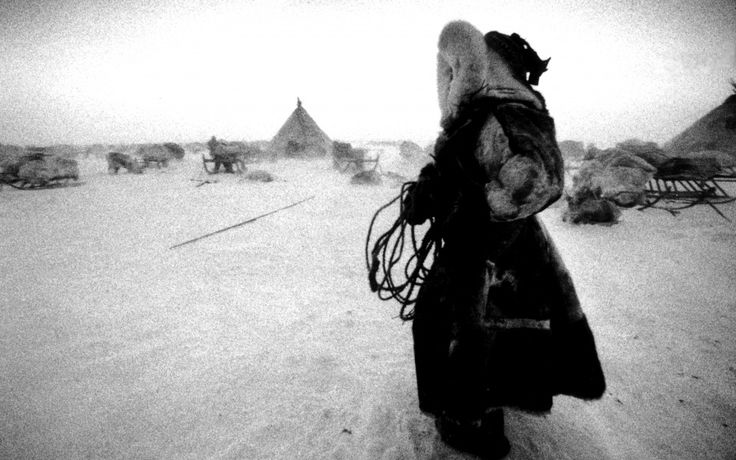Most of human history is prehistory. Of the 200,000 or more years that humans have spent on Earth, only a tiny fraction have been recorded in writing. Even in our own little sliver of geologic time, the 12,000 years of the Holocene, whose warm weather and relatively stable climate incubated the birth of agriculture, cities, states, and most of the other hallmarks of civilisation, writing has been more the exception than the rule.
The manufacture of bronze required two metals – copper and tin – which necessitated long-distance trade. Agents from the temple cities of Mesopotamia spread far and wide to acquire copper and tin, reaching all the way east to Afghanistan and north to the Russian steppes. They took with them new ideas about property, wealth and war. Meanwhile, in the steppes, someone had domesticated the horse. Wild horses were native to the plains of southern Russia. In cold weather, they knew how to kick up snow to get at grass, making them a perfect reserve (meat) animal for winter. Only later did someone realise that horses could be ridden, and yoked, to pull wagons and plows. Bronze enlarged the world, tying different parts of Eurasia together in a network of trade. The horse shrunk it down, enabling a new, mobile lifestyle. The Proto-Indo-Europeans were the chief beneficiaries of these innovations.
Continue reading
Paleogenetics is helping to solve the great mystery of prehistory: how did humans spread out over the earth?
http://aeon.co/magazine/science/what-can-paleogenetics-tell-us-about-prehistory/

Leave a Reply